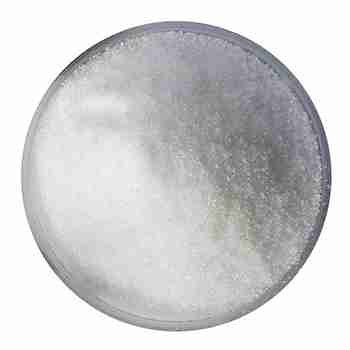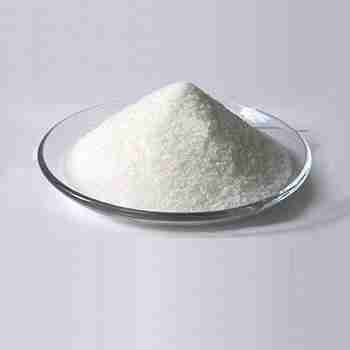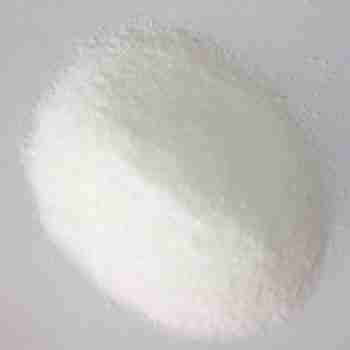L-carnitine-L-tartrate powder CAS 36687-82-8
Appearance: White or off-white Crystalline Powder
Asay: L-Carnitine 68.2??1.0%???L-Tartaric acid 31.8??1.0%
Packaging: 25kgs per drum
Capacity: 600MT/year
Sample: Available
related documents:
COA for L-carnitine L-tartrate cas 36687-82-8
Request for product documents
发送询盘
Description
L-carnitine-L-tartrate powder
L-carnitine-L-tartrate?Quick Details
Chemical Name: L-carnitine-L-tartrate
CAS No.: 36687-82-8
Molecular Fomula:? C11H19NO8
L-carnitine-L-tartrate Structure:
Molecular weight:?293.27
Appearance: White or off-white Crystalline Powder
Asay??L-Carnitine 68.2??1.0%???L-Tartaric acid 31.8??1.0%
L-carnitine-L-tartrate Typical Properties
Check Item
Specification
?
Identification
In accordance with the IR absorption spectrum of the standard
Appearance
??White or off-white Crystalline Powder
?Particle size?(mesh)
Through 20mesh
Specific rotation
-9.5~ -11.0??
PH
3.0~4.5
Water
??0.50%
Residue on ignition
??0.50%
Residual?solvents?(Ethanol)
??0.5%
Solubility
Clarification
Cyanide
Non?detectable
Heavy metal
??10ppm
Arsenic (As)
??1ppm
Lead ??Pb??
??3ppm
Cadmium (Cd)
??1ppm
Mercury ??Hg??
??0.1ppm
TPC
??1000Cfu/g
Yeast & Mold
???100Cfu/g
E.Coli
Negative
Salmonella
Negative
L-Carnitine
68.2??1.0%
L-Tartaric acid
31.8??1.0%
bulk density
0.4-0.7g/ml
tapped density
0.5-0.9g/ml
L-carnitine-L-tartrate usage
It can be used as a nutrient fortifier, medicine, especially for solid preparations. Application L-carnitine tartrate is the ideal form of L-carnitine application, suitable for solid preparations, especially for tablets and capsules. L-carnitine tartrate is widely used in health care products, food and cosmetics industries.
L-carnitine-L-tartrate Packaging and Shipping
25kgs per drum
L-carnitine-L-tartrate?Storage
Dry coll stock
| 5 |
|
0 |
| 4 |
|
0 |
| 3 |
|
0 |
| 2 |
|
0 |
| 1 |
|
0 |
- 2
- 2-diallylpent-4-en-1-amine
- 4
- 95-16-9
- Ammonium sulfamate
- Benzothiazole
- cas:67889-00-3ح2
- cas:83524-75-8 | pigment black 32
- cas:928836-00-4 | 2
- cas:932745-70-5 | 4
- Chemical Minerals
- Coconut diethanolamide
- Daily Chemicals
- discount
- for sale
- General pvc resin
- hexyl D-glucoside
- in stock
- Lauramidopropyl betaine
- LAURIC ACID MONOETHANOLAMIDE
- Petroleum Additives
- Plasticiser
- Ploymers
- price
- PVC
- quotation
- Raw Materal
- Remove term: Petroleum Additives Petroleum Additive
- SODIUM ETHYL 2-SULFOLAURATE
Related Products
Copper acetate peptide, also known as blue copper peptide. Copper peptide, also known as tripeptide in Chinese; Glycyl-L-histomyl-L-lysine. Peptide is a small molecule protein composed of amino acids, which are more easily absorbed by the skin and have more significant effects. It was first isolated from human plasma in 1973 and was discovered to have wound repair function in 1985. In 1999, researchers believed that copper peptide and its copper repair products can serve as activators of tissue remodeling, and it is also a signaling peptide, Promote the degradation of a large amount of collagen aggregates outside scars, the synthesis of normal collagen in the skin, the generation of elastin, proteoglycans, and glucosamine glycans, the growth rate and migration of different cell types, anti-inflammatory, and antioxidant responses.
Chemical Name: beta-NADH disodium salt
Other name: beta-Nicotinamide adenine dinucleotide disodium salt
CAS No.: 606-68-8
Molecular Fomula: C21H30N7NaO14P2
Molecular weight:?689.44
Appearance:?white to light yellow powder
Assay: 95%min
EC 3.4.21.14, previously classified, now redirects to EC 3.4.21.67, identifying endopeptidase So. This serine endopeptidase is integral in the hydrolysis of peptide bonds, a critical function in biological systems. Its applications extend across research and development in the pharmaceutical and biotechnological industries.
Hydroxyproline is a non-essential amino acid divided from another amino acid called proline. It is created by the communication of proline with ascorbic acid vitamin C. This process produces a hydroxyl team bound to a hydrogen-oxygen particle, which is affixed to a carbon particle of proline as well as converted to hydroxyproline.Trans-4-hydroxy-l-proline is an optically energetic form of 4-hydroxyproline with l-trans setup. It can be used as human metabolite, plant metabolite and also computer mouse metabolite. It is an tautomer of trans-4-hydroxy-l-proline zwitterions.
Chemical Name: UV-120
Other Name: (2’,4’-Di-tert-butylphenyl 3,5-di-tert-butyl-4-hydroxybenzoate)
CAS No.: 4221-80-1
Molecular Fomula: C29H42O3
Molecular weight: 438.66
Assay: ≥99%(LC)
Common English name: 5-iodo-2,3-dihydropyridazin-3-one
CAS No.: 825633-94-1
Molecular formula: C4H3IN2O
Molecular weight: 221.98
Sample: Available
Chemical Name: o-Xylene
Synonyms: 1,2-Dimethylbenzene; ortho-xylene
CAS No.: 95-47-6
Molecular Formula: C8H10
Molecular Weight: 106.17
Product name:Cyclopentane
Purity:96%
Appearance:White powder
Package:25kg/bag
Sample:Available
Chemical Name: Ammonium Iron(II) Sulfate
Synonyms: Diammonium iron bis(sulphate); iron (ii) ammonium sulfate
CAS No.: 10045-89-3
Molecular Formula: FeH5NO4S
Molecular Weight: 170.95
Chemical Name: 3-Hydroxybutyric acid
CAS No.: 625-71-8
Molecular Formula: C4H8O3
Molecular Weight: 104.1
Appearance: White powder
Chemical Name: Dehydrocholic acid
Synonyms: Acide dehydrocholique; Triketocholanic acid
CAS No.: 81-23-2
Molecular Formula: C24H34O5
Molecular Weight: 402.53
Appearance: Powder
Chemical Name:?UDP-glucuronic acid
CAS No.: 2616-64-0
Molecular Fomula: C15H22N2O18P2
Molecular weight: 580.28
Appearance: Solid
Assay: 98%



















Reviews
There are no reviews yet.